
Thermal Break Solutions in Brick Shelf Angle Support Systems
What Is a Thermal Break in Brick Shelf Angle Walls?
A thermal break in a brick shelf angle wall is a material, typically an insulating one, strategically placed to interrupt the flow of heat through the wall assembly, specifically at the point where the brick veneer connects to the structural steel or concrete. This is crucial because the steel or concrete has a much higher thermal conductivity than the insulation, creating a thermal bridge and leading to significant heat loss.
In the pursuit of energy-efficient buildings, the design of the brickwork support system is a critical factor in preventing heat loss. An efficient structural system not only enhances the thermal performance of a building but can also improve the visual design of the façade using advanced technologies. Jonathan Shaw, Managing Director of Armatherm™, a leader in thermal break solutions, discusses the importance of incorporating thermal breaks in brickwork support systems and why architects should make them a priority in construction projects.

Structural Integrity and Design in Brickwork Systems
While architects often focus on the aesthetics of a building, structural integrity is just as important. A successful brickwork system needs to offer both thermal efficiency and design appeal. Unfortunately, many buildings suffer from thermal weaknesses due to overlooked details. In particular, the mechanical fixings used in brickwork support systems and curtain wall cladding often penetrate the insulation, leading to unnecessary energy loss. However, these issues can be easily addressed by implementing a thermal break solution that ensures thermal isolation, helping to reduce energy costs.
How Armatherm™ Thermal Breaks Improve Brickwork Systems
A brickwork system can have numerous insulation penetrations across a single wall, resulting in significant heat loss. Armatherm™ thermal break material resolves this issue by providing both strength and insulation properties in one material. Armatherm™ is made from an ultra-high density, closed-cell polymer, offering excellent load capacity while maintaining low thermal conductivity. This unique composition allows it to effectively isolate temperature transfer while providing the structural strength needed to support the building. Moreover, Armatherm™ is waterproof, which helps preserve its thermal insulation capabilities for the life of the building.
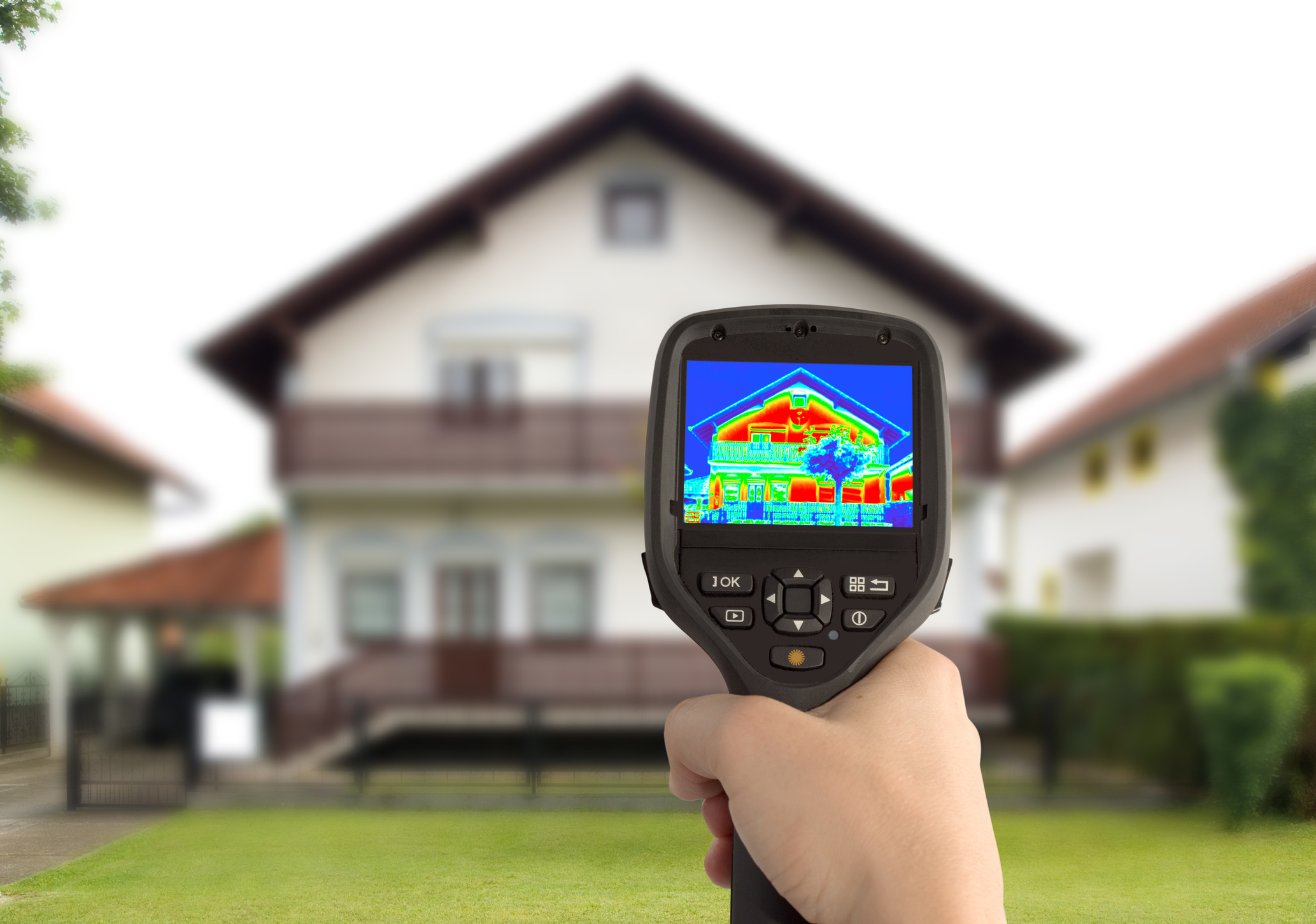
Fast Installation and Long-Term Insulation Benefits
When installed in brickwork support systems or curtain walls, Armatherm™ is shaped into a pad that matches the clamp area of the bracket. This allows for quick installation without needing to remove the clamp bolt. With a thermal conductivity of just 0.196 W/mK, Armatherm™ prevents heat from escaping the building while ensuring that cold air does not infiltrate the indoor environment.
Additionally, Armatherm™ eliminates the risk of bimetallic corrosion, a common problem in building construction, by acting as a barrier between different metals, preventing corrosion from forming.

Why Architects Should Prioritise Thermal Breaks
The inclusion of thermal breaks in construction projects offers significant advantages, not only in terms of energy efficiency but also in the aesthetic impact of a building. As architects work with developers to create sustainable, energy-efficient, and visually striking buildings, understanding the latest innovations in thermal technology is essential. A well-designed thermal break solution can dramatically reduce energy costs and provide architects with the tools to create remarkable designs. Armatherm™ is an example of how thermal solutions can be an invaluable investment in modern construction projects.
Other Articles
& Projects
Solving Thermal Bridging in Masonry Shelf Angle Systems
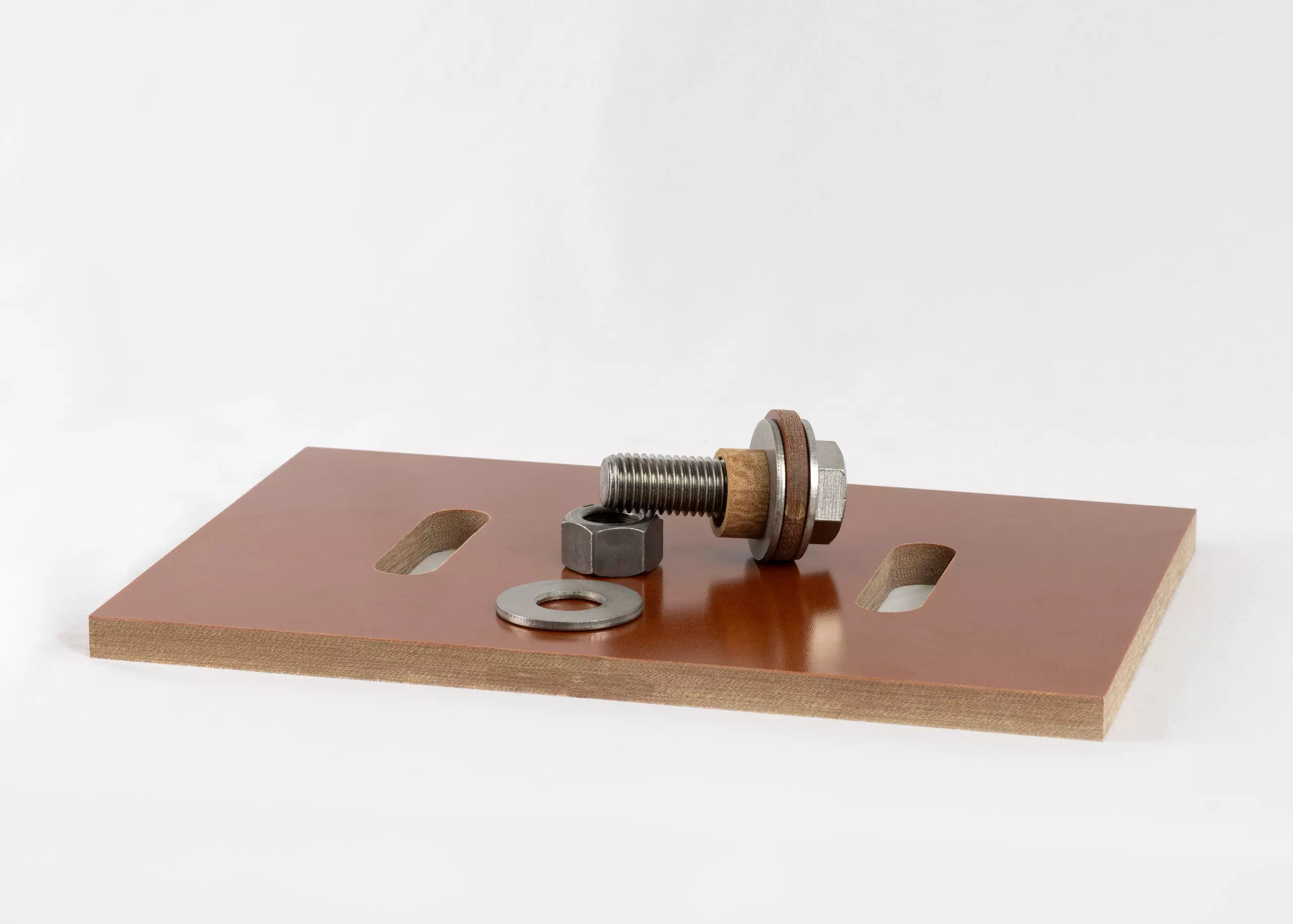
Thermoset resin vs fiberglass: Which thermal break is best?
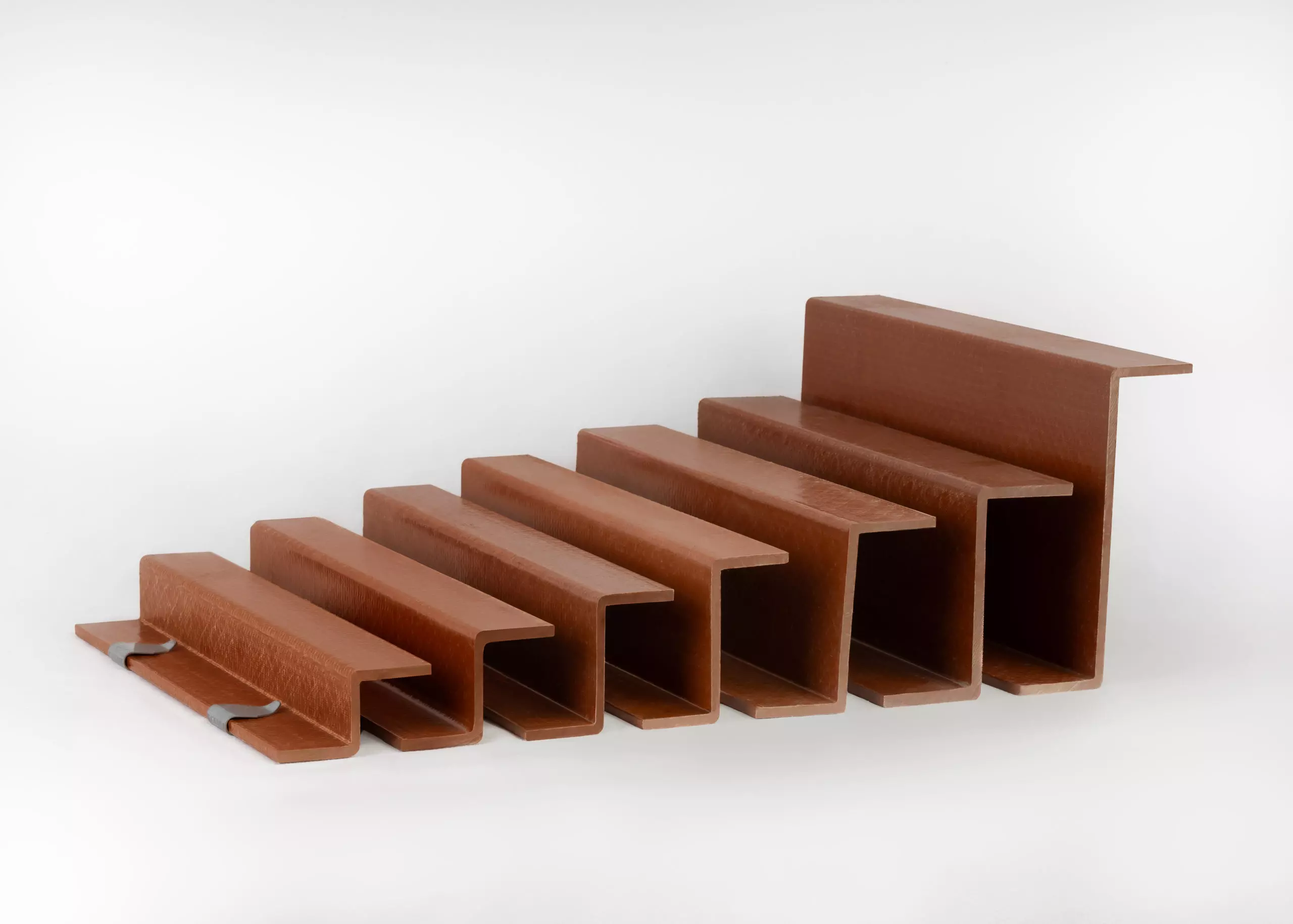
Meeting demand and expanding our global reach – fourth office opens in Canada

Partner With Armatherm for Targeted Thermal Bridging Solutions

Armatherm announces expansion with the opening of a third office

Armatherm Cast-In Situ Thermal Breaks
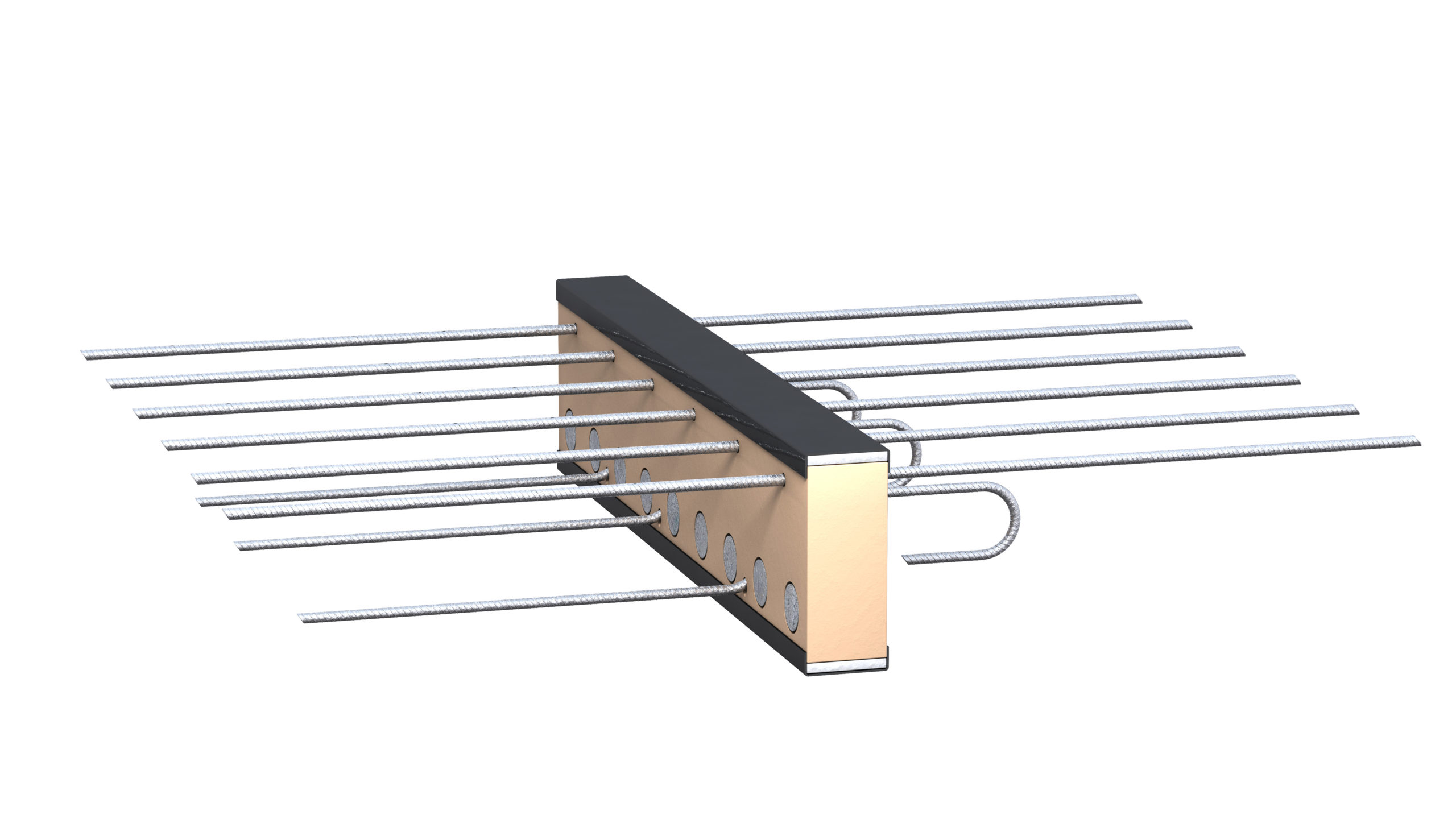
Are thermal breaks overlooked in residential construction?
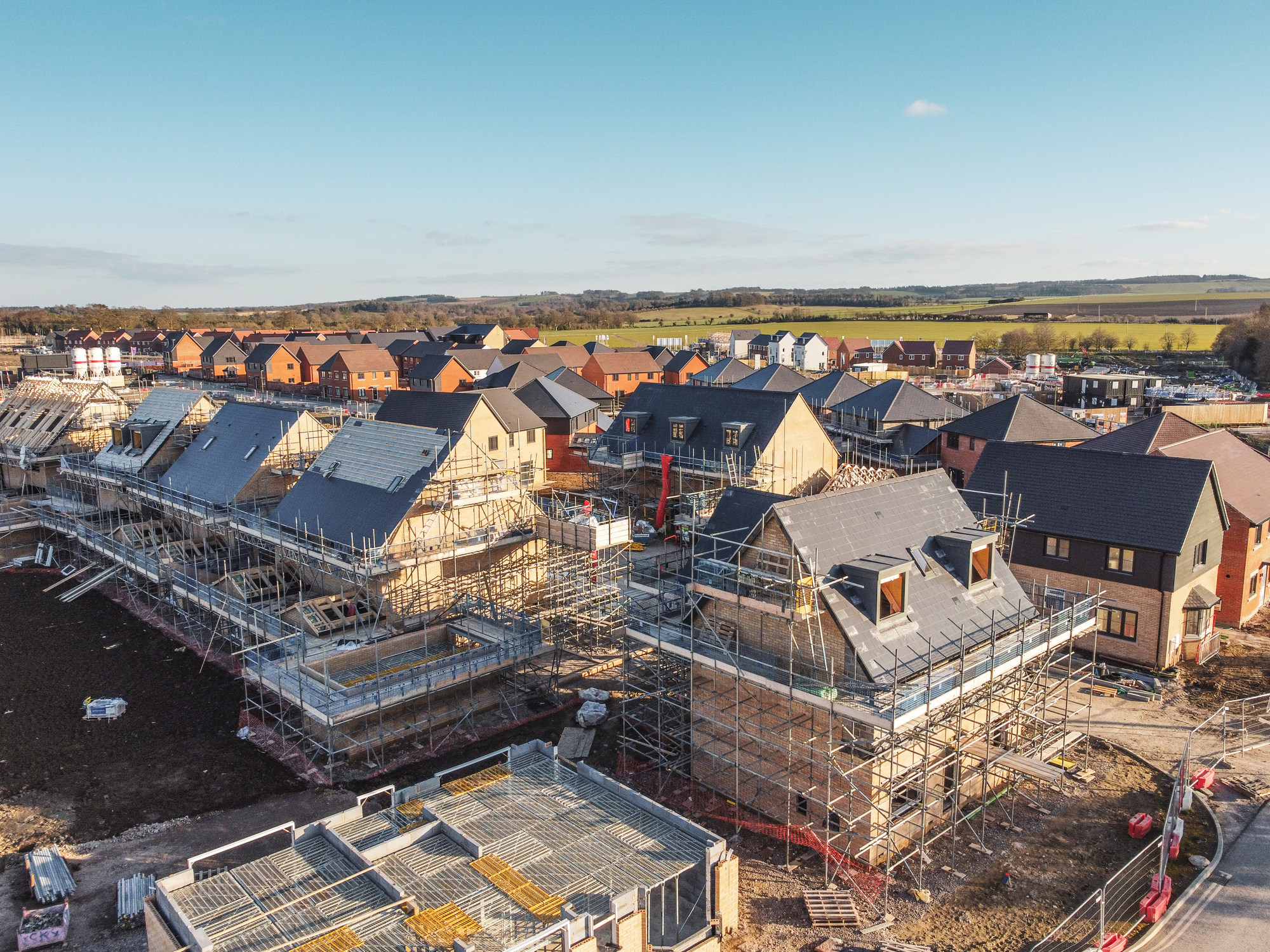
Thermal Bridging and Its Effect on Air Quality Indoors
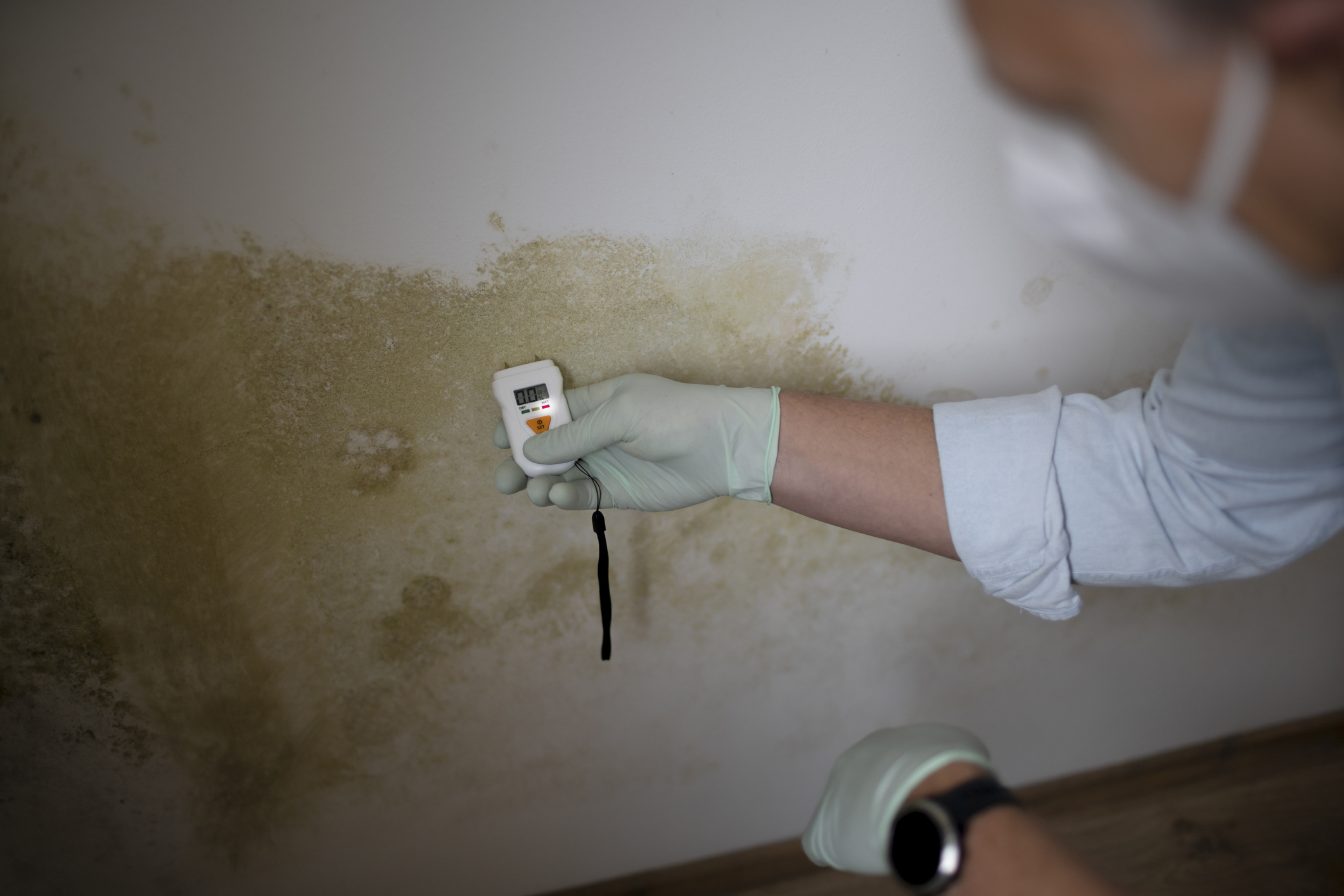
Achieving Net Zero with Innovative Construction Solutions

